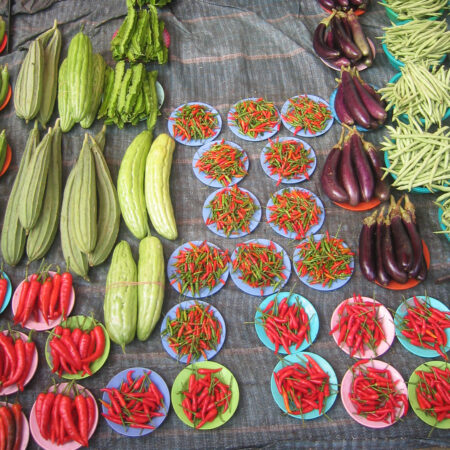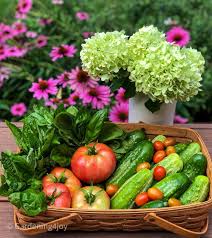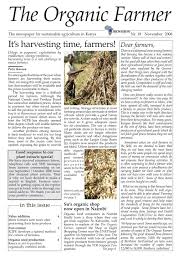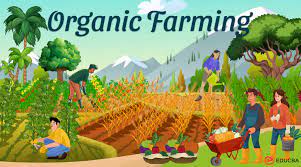
Organic farming emphasizes the use of natural processes and materials for crop production, focusing on sustainability and environmental stewardship. Central to this approach is the careful management of nutrients, a critical aspect that underscores the philosophy of organic agriculture. Unlike conventional farming, which often relies heavily on synthetic fertilizers, organic farming relies on natural sources of nutrients to nourish crops and maintain soil health.

In organic farming, nutrients are primarily derived from organic matter such as compost, animal manure, cover crops, and crop residues. These materials undergo decomposition by soil organisms, releasing essential nutrients in a slow and steady manner. This process not only provides plants with a balanced diet of nitrogen, phosphorus, potassium, and other micronutrients but also improves soil structure and water retention. By enhancing soil fertility through natural means, organic farming reduces reliance on external inputs and fosters long-term sustainability.
One key principle of organic nutrient management is the concept of nutrient cycling. This involves using on-farm resources to create closed-loop systems where organic matter is recycled back into the soil. For example, crop residues are plowed back into the earth after harvest, enriching the soil with carbon and nitrogen. Livestock manure, another valuable resource, is composted and applied to fields as a natural fertilizer, replenishing nutrients and enhancing soil microbiota.
Cover cropping is another integral practice in organic farming that plays a dual role in nutrient management. Leguminous cover crops, such as clover or alfalfa, have the ability to fix atmospheric nitrogen through symbiotic relationships with soil bacteria. When these cover crops are incorporated into the soil, they release nitrogen, benefiting subsequent cash crops. Additionally, cover crops protect soil from erosion, suppress weeds, and improve soil structure, thereby contributing to overall soil health and nutrient retention.









